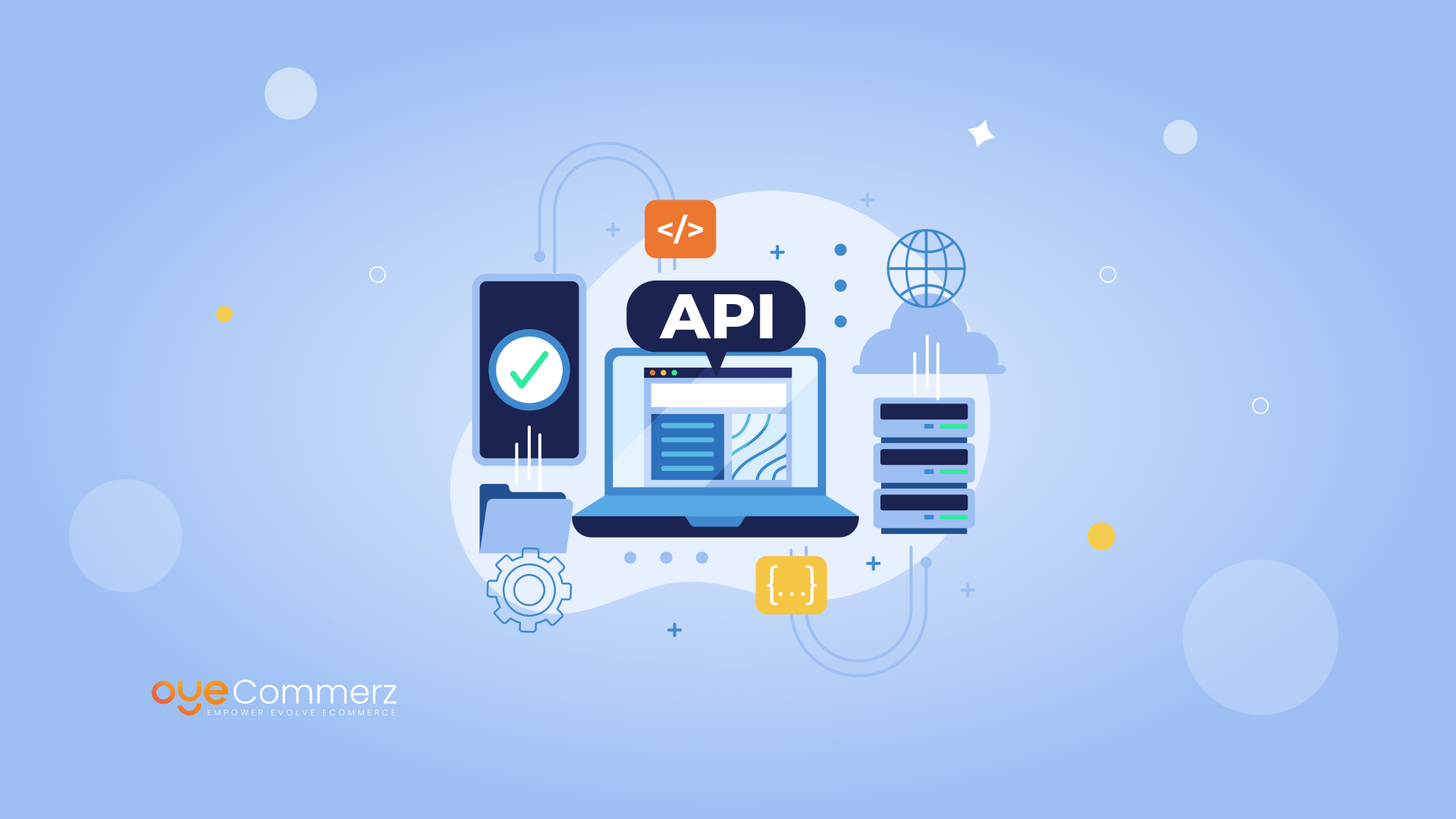
Starting Point
In today's competitive e-commerce landscape, Shopify store owners are always looking for methods to increase revenue and optimize their operations. One powerful solution is through personalized Shopify applications designed to fulfill individual operational goals. Syncing with the Shopify API and using resources like the Polaris design system, such applications enable organizations to expand effectively while improving customer experience. In this post, we’ll discuss key aspects of Shopify app development, from design factors and core functionalities to recommended strategies for maintaining and growing apps successfully.
1. Understanding Shopify API Linkage
A comprehensive grasp of Shopify’s API—both REST and GraphQL—is foundational for developing high-performing Shopify applications. With these APIs, developers can retrieve, update, and manage data within a Shopify site. The Graph Query Language interface enables optimized data handling, allowing for speedier replies by retrieving only the essential data. Linking to the API enables programmers to tailor app functionality to the organization's particular requirements, offering a integrated customer interaction that improves store efficiency and income.
2. Utilizing the Polaris framework
Shopify’s Polaris design system helps programmers to create a cohesive and user-friendly interface across Shopify applications. Polaris offers a suite of building blocks and best practices that fit with Shopify’s design language, creating apps look integrated within the Shopify interface. This method not only enhances natural app navigation but also helps ensure brand consistency, an critical factor in building credibility with users.
3. Developing within the Shopify App Ecosystem
The Shopify app ecosystem is vast, allowing programmers to create built-in Shopify apps that function in a store's admin panel. Embedded apps optimize the customer journey by integrating smoothly within Shopify’s interface, eliminating the necessity for separate logins or further browsing. For developers, employing Node.js for behind-the-scenes processes and the React framework for the front end has emerged as a favored choice, as such tools allow expandable, user-friendly programs that provide an high-quality interface.
4. Key Components for Shopify Apps
A successful Shopify application must have functionalities that resolve important pain points in the customer shopping experience. Real-time alerts for real-time notifications, custom theme adjustment features, and omnichannel retailing capabilities are vital aspects that can improve operational control and customer engagement. By integrating these components, Shopify applications go beyond streamline internal operations but also boost the overall customer experience.
5. Best Practices for App Development
When building Shopify apps, it’s essential to maintain optimal techniques. App maintenance strategies such as frequent patches, user assistance, and safety measures are critical for building consumer confidence. Online visibility strategies for Shopify applications can also be used to increase app visibility and adoption. Customer engagement tactics, such as push notifications and loyalty programs, are essential for keeping customers and building a dedicated audience.
6. Expanding Shopify Apps for Success
As Shopify stores expand, expanding app capabilities becomes critical to manage increased traffic and functionality demands. Using serverless architecture and prioritizing information processing through Graph Query Language can support applications grow without lagging. It’s also necessary to have a strategy for scaling the app’s infrastructure to support growth, including a guide for finding a app builder with experience in Shopify apps.
7. Examining the Investment of Creating Shopify Apps
Developing tailored Shopify applications can differ widely in cost depending on the capabilities, connections, and personalization required. Fundamental functions like backend linkages, client-facing features, and promotional features can drive up costs. However, the revenue benefits is often valuable, as these apps can significantly improve sales and simplify store operations.
8. Upkeep Approaches
Keeping apps updated is as important as initially building it. Frequent patches to address issues, improve security, and ensure compatibility with the latest Shopify platform updates are important. Planned support measures also include client help and function upgrades that align with the digital retail landscape.
9. Tools for Creating Shopify Apps
Shopify supplies multiple options to streamline the creation workflow, from software platforms like Node.js and React.js creating custom Shopify apps for e-commerce framework to Webhooks for immediate changes. Tools like Shopify’s CLI simplify the development workflow, while Shopify App Bridge enables embedded apps to work smoothly with Shopify’s management dashboard. These resources are key for building applications that are both operational and user-friendly.
10. Upcoming Innovations in Shopify App Development
The prospects of Shopify app creation is promising, with new directions pointing towards machine learning tools, enhanced omnichannel capabilities, and new application add-ons. As online shopping continues to evolve, app creators will need to stay ahead the changes to develop solutions that not only satisfy but surpass user expectations.
Summary
Tailored applications for Shopify provide a strategic solution for e-commerce businesses to grow effectively, drive profits, and streamline operations. From API integration and the Polaris design system to core elements and support methods, all factors of Shopify app development plays a crucial role in providing a smooth journey for shoppers. As Shopify moves forward, anticipating emerging directions in application creation will allow organizations make building custom app features the most of Shopify’s comprehensive offerings, strengthening their place in the digital retail industry.